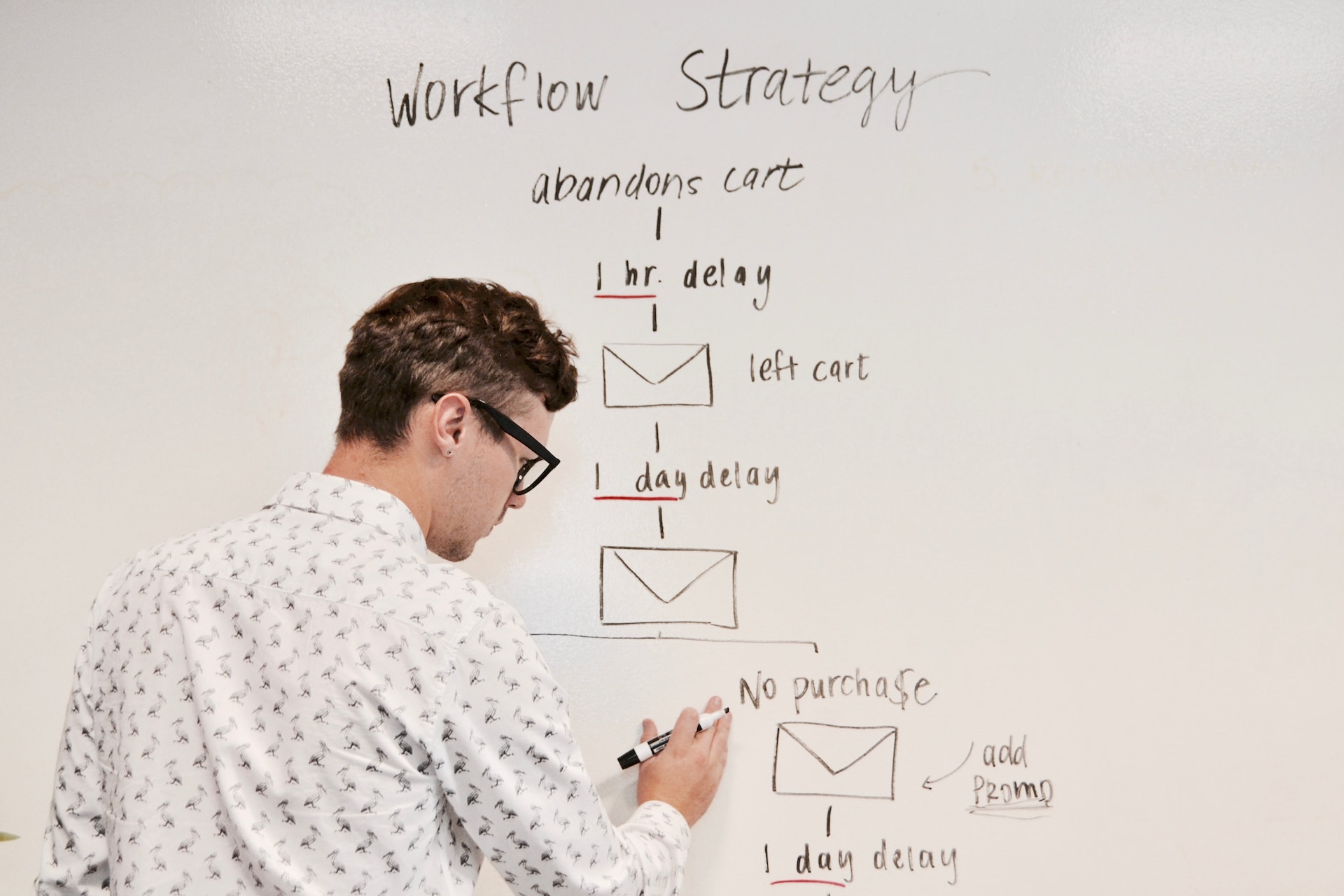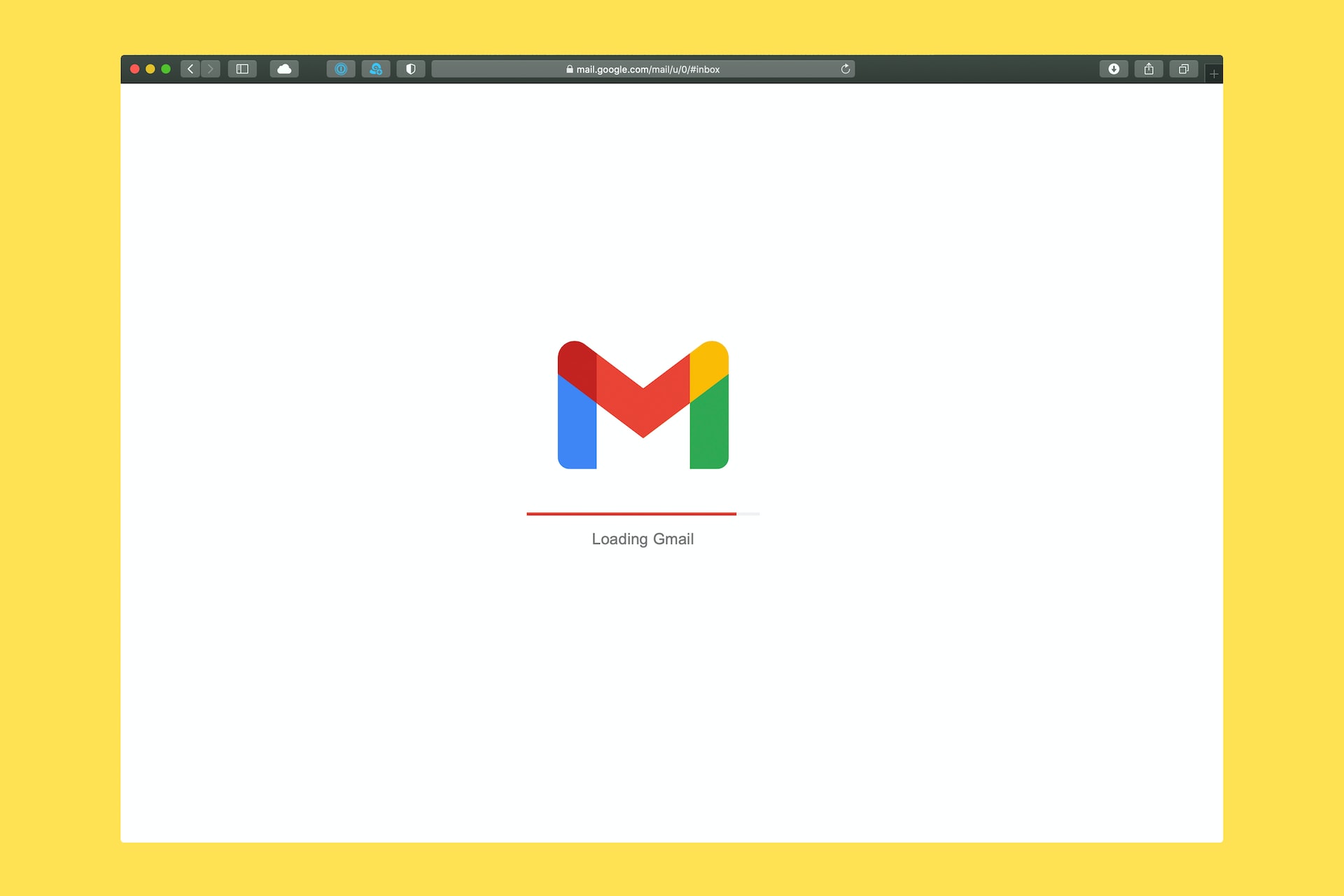If you’ve ever tried to promote a campaign or event via email, you’ll know it’s a quick and effective way to generate engagement among your target audience. Despite being one of the older digital channels,
email marketing continues to drive impressive returns on investment for companies hoping to grow and thrive.
According to recent
stats, email campaigns generate a remarkable $36 per dollar spent – an attractive prospect if you’re looking to boost brand awareness on a tight budget. If you’re wondering how a well-crafted email can help make such a difference to your marketing strategy, it’s important to understand its potential benefits. As well as nurturing fruitful relationships with existing customers, email campaigns can reinforce your brand identity, drive traffic to your website, re-engage inactive customers or subscribers, and increase engagement with events, products and campaigns. What’s not to love?

As well as helping grow your business, email campaigns are easy to create and send using platforms such as MailChimp or HubSpot. Simply place engaging copy and images that promote your brand, products, or services into an email template, and voila! – you’re ready to spread the word about your irresistible offerings. Just remember to send your messages to lists of people who have willingly provided their email addresses for marketing purposes. If you’re unsure how to achieve this, try adding an opt-in form on your website, social media channels, or other popular channels.
Once you’ve started sending out campaigns, you must track their success to help optimize future campaigns and avoid past mistakes. Fortunately, your email service provider will offer detailed analytics features to help you track a range of metrics. But which metrics should you analyze? And what do they mean? To help you make the most of your email campaigns, we’ve put together a helpful guide to the most valuable email marketing metrics to follow.
Top email marketing metrics to start tracking
Ready to start tracking email campaign performance and boosting your number of new subscribers? While the following list is not exhaustive, it will help kickstart your email marketing strategy.
1. Open rate
Your email open rate measures the percentage of recipients who open a given email campaign out of the total number of emails delivered. This metric can be ascertained using the following equation:
Open rate = (Number of emails opened/Total number of recipients) x 100
A high open rate indicates that your email content – including your subject line, body, images, and sender name – is compelling enough to encourage people to spend time reading your email. A low open rate, on the other hand, indicates that you have some work to do on your email marketing strategy. If you’re unsure where you’re going wrong, it’s worth comparing open rates between email campaigns (a strategy known as A/B testing). What are the most effective subject lines? Do people prefer short emails or in-depth emails? Asking yourself these questions at an early stage will ensure your email campaigns go from strength to strength.
2. Deliverability rate
Deliverability rates tell you the percentage of emails that successfully reach recipients’ inboxes. Consistently low email deliverability rates could indicate that your campaigns are vulnerable to spam filters or that your recipient lists are outdated or full of invalid addresses. To prevent your emails from hitting the dreaded spam folder, you may need to optimize your domain by implementing email authentication protocols such as Sender Policy Framework (SPF). Similarly, it’s a good idea to avoid excessive capitalization, exclamation marks, and spammy phrases such as “Click here”.
Monitoring your deliverability rate is considered best practice as it reduces your risk of violating privacy regulations and helps you catch potential issues early on. Internet and email service providers tend to assign senders a reputation score based on factors such as the number of spam complaints they receive. In the long term, maintaining a high reputation score will ensure as many people read your emails as possible and you avoid any potential legal pushback. To calculate this metric, use this equation:
Deliverability rate = (Number of emails delivered/Number of emails sent) x 100
3. Click-through rate
Your email click-through rate (CTR) tells you the percentage of recipients who click on links placed in the body of your emails. This metric helps you ascertain whether people feel compelled to engage with your calls to action. Whether you’re encouraging people to sign up for a webinar, make a purchase, or download an app, your CTR is fundamental for assessing whether you’re doing enough to drive conversions. If CTR rates are a little low, you can start experimenting with content to assess the best email structure, length, content, and more. Here’s how to work out your click-through rate:
Click-through rate = (Number of clicks/Total number of recipients) x 100

4. Bounce rate
Your bounce rate refers to the percentage of emails returned to the sender (or “bounced”). Bounces fall into two categories – hard bounces and soft bounces. A soft bounce means the email is temporarily undeliverable due to the recipient’s inbox being full or their server being unavailable. A hard bounce, on the other hand, indicates a persistent delivery problem due to a defunct domain or an invalid email address. You can split your calculations into two figures or lump all bounces together. Either way, your calculation should look like this:
Bounce rate = (Number of bounced emails/Total number of emails sent) x 100
Ideally, you should keep your email bounce rate as low as possible, as this will boost your sender reputation among email service providers. Fortunately, most email marketing tools allow you to maintain clean sender lists by permanently deleting invalid email addresses.
5. Conversion rate
Email conversion rate tells you the percentage of people who complete a desired action after receiving a given email. Such actions could include completing a form, purchasing a new item, or signing up for an online event. As with CTR, your conversion rate tells you how many people want to engage with your goods and services after opening your email. As such, it can give further insights into the efficacy of your email campaigns compared to open rates alone. You can calculate your conversion rate like so:
Conversion rate = (Number of conversions/Total number of recipients) x 100
6. Unsubscribe rate
This metric tells you how many email recipients have clicked an unsubscribe link on a given campaign. Once unsubscribed, the recipient will no longer receive any future communications from your company (unless they decide to opt back in). Unsubscribes represent one of the most important metrics to track when it comes to email marketing. A high rate indicates the recipient cannot find relevant content in your emails. In some cases, it could mean they’re actively aggravated by your email marketing activity and no longer wish to engage with your company. The formula for calculating unsubscribes is as follows:
Unsubscribe rate = (Number of unsubscribes/Starting number of subscribers) x 100
If you’re confronted with a high number of unsubscribes, it’s worth investigating a range of problems that could be harming your marketing strategy, including:
Inadequate audience targeting
Inappropriate frequency of emails (either too often or too infrequent)
Poorly designed emails
Spammy subject lines
Not enough relevant content
A/B testing could help you identify the issues, along with customer satisfaction surveys.

7. List growth rate
The list growth rate measures the rate at which new people are added to your subscriber list. Ideally, you’ll be adding a substantial number of people to your mailing lists every few months, as this will indicate that you’re expanding your reach and boosting the profitability of your brand. Plus, it helps to mitigate the problems associated with natural list attrition, as stale contacts start to unsubscribe or ignore your email marketing efforts. To calculate your list growth rate, apply the following formula:
List growth rate = (Net growth in subscribers/Starting number of subscribers) x 100
If your growth rate is low and you’re struggling to attract new sign-ups, it’s worth evaluating whether you’re providing people with enough opportunities to add their names to the list. Try to capture these all-important leads by encouraging people to sign up after attending online events. Similarly, you could add ‘opt-in’ buttons for customers moving through their purchase journeys. Just remember that GDPR rules state that customers must actively opt-in, rather than opt-out, of marketing emails.
8. Return on investment (ROI)
Your ROI measures the profitability of your email marketing campaigns and is expressed as a percentage. Here’s how to calculate this all-important figure:
Determine the net profit of your campaign by adding the revenue generated by sign-ups, sales, or other desired actions resulting from your emails. Then, minus the campaign costs from the total revenue.
Calculate the cost of the investment by adding together all costs incurred as a result of the campaign, including email marketing software, content creation, and list acquisition costs.
ROI = (Net profit/Investment cost) x 100
Remember – the higher your ROI, the more profitable the email campaign. By monitoring the ROI of your email campaigns over time, you can start to identify the best email marketing strategies for your business.
9. Email sharing/forwarding rate
Your email sharing and forwarding rate measures the rate at which email recipients share your content with their friends and networks. It can be calculated as follows:
Email sharing/forwarding rate = (Number of email shares/Number of emails sent) x 100
Keeping track of this metric will help you figure out which campaigns are deemed the most shareable by your customers. For the most part, shareable emails encourage enthusiasm for your brand, boost brand visibility, and enhance engagement among new audiences.
H3: 10. Number of spam complaints
Every time you send an email, you should keep an eye out for potential spam complaints. If an email attracts an especially high number of spam complaints or abuse reports, you will need to investigate the potential reasons behind such dissatisfaction. You may have poorly targeted audience lists or spelling and grammar issues, for example.

Choosing the right metrics for your campaign
Not all metrics apply to certain situations. For example, brand awareness campaigns may be less interested in ROI compared to new product launches. If you’re wondering which metrics to measure, here are a few questions to ask yourself:
What are your primary and secondary objectives? – Gauging your most and least important objectives will help you determine which metrics are essential and which are optional if you’re short of time.
What are your key performance indicators (KPIs)? – What do you hope to gain from the campaign, and how will you measure success? Incorporating your KPIs into your email metrics will ensure you’re analyzing the right facts and figures.
What are your long-term goals? – Are you planning to monitor trends over time? Some metrics – such as unsubscribe rates – help track audience behavior in the long term.
Take your email marketing skills to the next level
Tracking a range of relevant KPIs for every email marketing campaign will help you develop an engaging strategy over time. While on-the-job practice makes perfect, it’s also a good idea to engage in some tailored learning opportunities to help you hit the ground running. This is where Maven comes in. Our ‘
Email Marketing 101’ course, for example, provides valuable insights into automated email marketing. If conversions are your main concern, our ‘
High-Converting Email Welcome Series’ will help focus your efforts. Finally, businesses suffering from high rates of inactive subscribers can try our ‘
Reactivation Blueprint’ course to learn need-to-know strategies for engaging previously loyal customers.
FAQs
1. What are the top five email marketing metrics?
While every campaign is different, most marketers consider the following metrics as vital for evaluating success:
Open rates
Click-through rates
Conversion rates
Bounce rates
Unsubscribe rates
2. What is considered a strong click-through rate?
Click-through rates can vary widely by sector, audience, and other factors. As a general rule, a rate of around 2-5% is considered reasonably successful. However, you should aim for a higher rate.
3. How often should I assess my metrics?
Frequent monitoring of your email marketing metrics will help you identify trends and improve your campaign strategy. Remember to schedule plenty of time to assess your campaign success and discuss the results with others. This approach could help you come up with creative solutions to inefficiencies.








